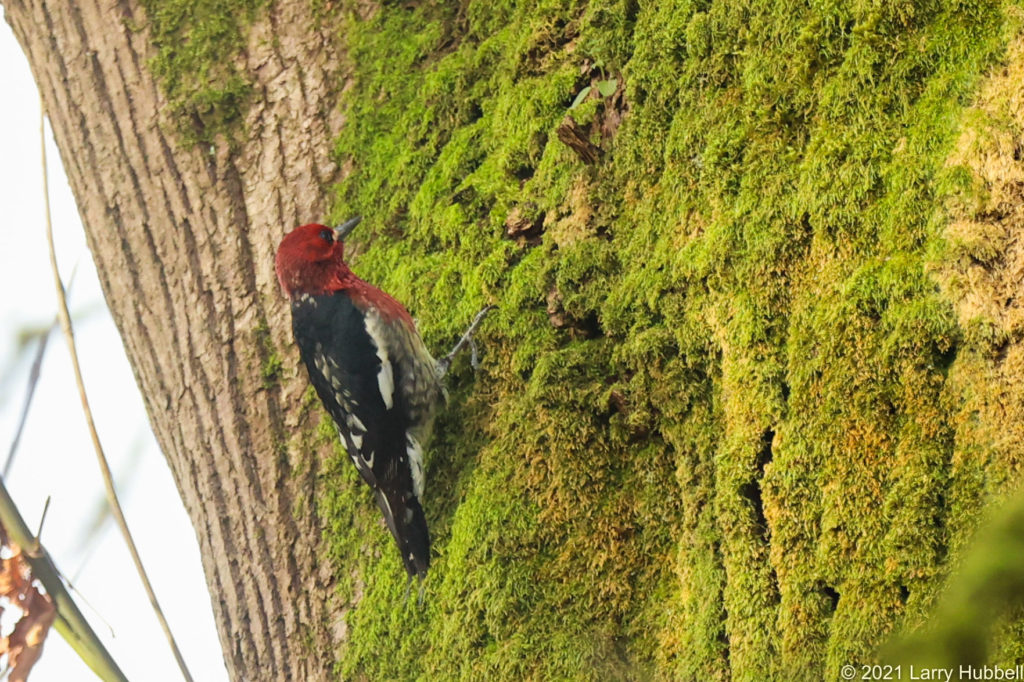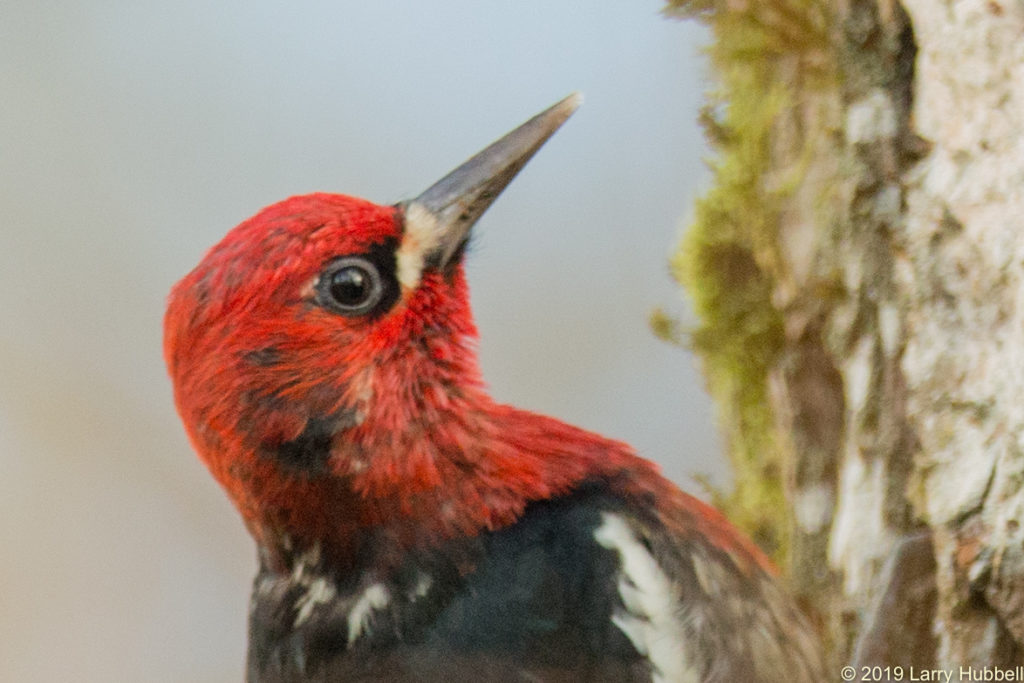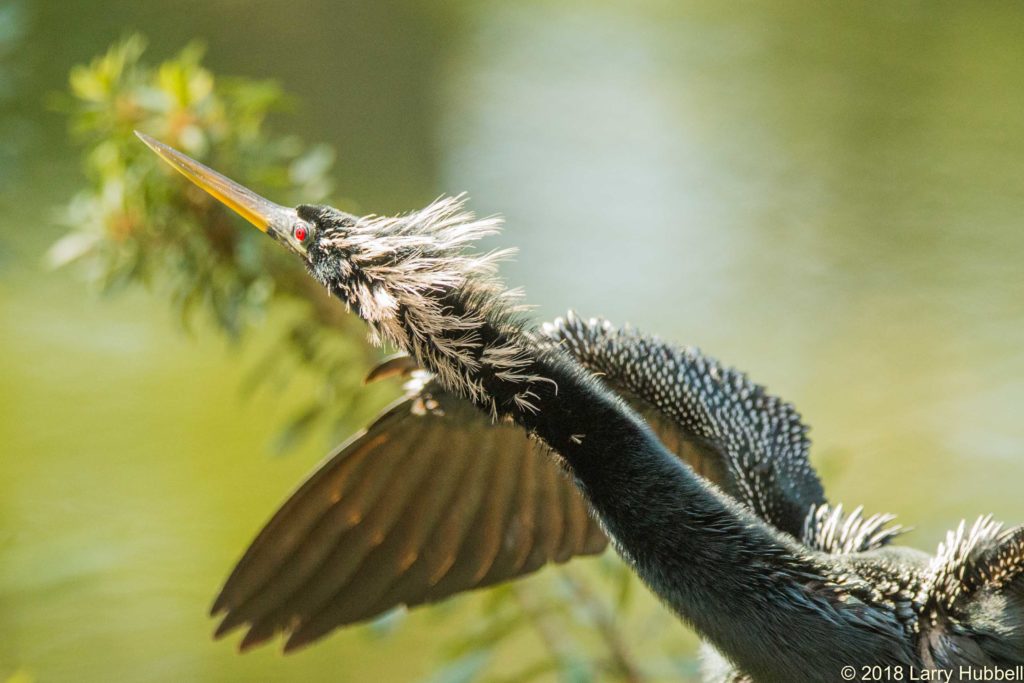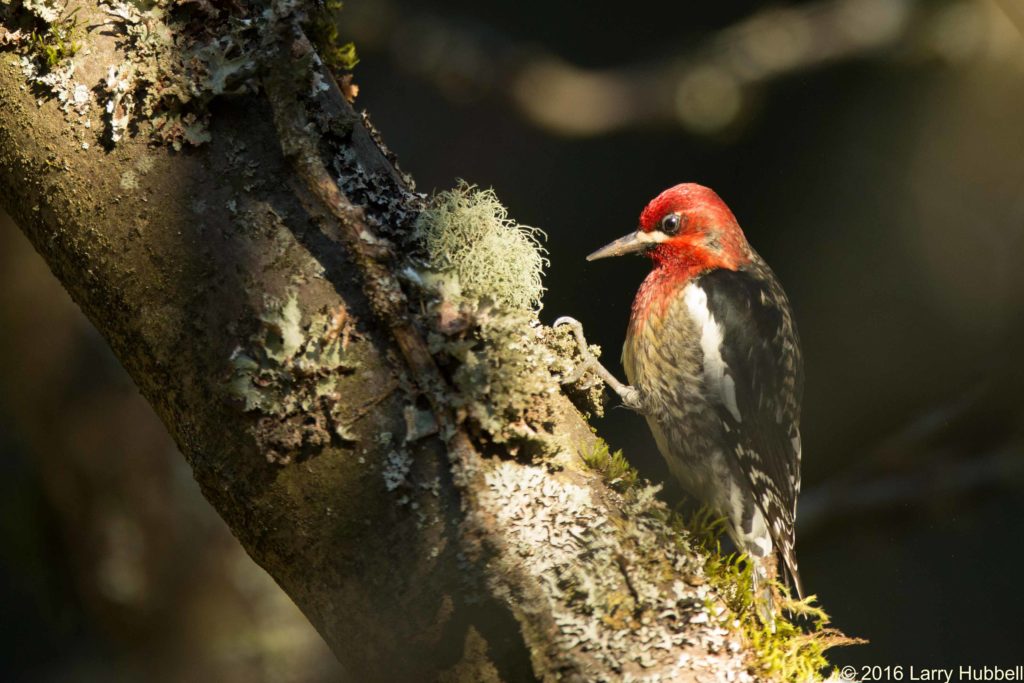
Can we identify individual Red-breasted Sapsuckers? More in this week’s post on:
Have a great day on Union Bay…where nature lives in the City and Black Birders are welcomes!
Larry

Can we identify individual Red-breasted Sapsuckers? More in this week’s post on:
Have a great day on Union Bay…where nature lives in the City and Black Birders are welcomes!
Larry
 Why is this local woodpecker, which has a greater percentage of red feathers than any of the others, the hardest to see? Thoughts and photos in this week’s post on:
Why is this local woodpecker, which has a greater percentage of red feathers than any of the others, the hardest to see? Thoughts and photos in this week’s post on:
Have a great day on Union Bay…where nature lives in the city!
Larry
 If one morning you suddenly found yourself exchanging stares with this aquatic bird (near a Loblolly Pine forest in South Carolina) would you know which bird species you were looking at? Learn more in this week’s post on:
If one morning you suddenly found yourself exchanging stares with this aquatic bird (near a Loblolly Pine forest in South Carolina) would you know which bird species you were looking at? Learn more in this week’s post on:
Have a great day on Union Bay…where nature lives in the city!
Larry
 For a number of days this week I was unable to find the red-breasted sapsucker. It was not to be seen in the cedar tree where I had expected to see it all winter long. Was the bird experiencing a problem or was the problem all in my mind? Find out more in this week’s post on:
For a number of days this week I was unable to find the red-breasted sapsucker. It was not to be seen in the cedar tree where I had expected to see it all winter long. Was the bird experiencing a problem or was the problem all in my mind? Find out more in this week’s post on:
Have a great day on Union Bay…where nature lives in the city!
Larry
 Which type of tree do the sapsuckers prefer? Is this a red-naped or a red-breasted sapsucker? How do they elude predators? The answers in this week’s post on:
Which type of tree do the sapsuckers prefer? Is this a red-naped or a red-breasted sapsucker? How do they elude predators? The answers in this week’s post on:
Happy Holidays!
Larry